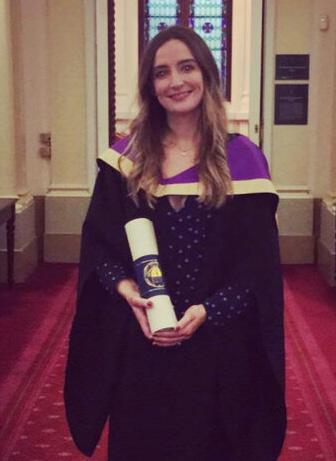
4 minute read
The Unspoken Barriers to Treatment for Chronic Plaque Psoriasis
A.Wolinska1, M. Costa Blasco1, O. Mc Feely1, L. Murphy1, M. Andrawis1, P. Beatty1, C. Doyle1 and AM. Tobin1.
1Department of Dermatology, Tallaght University Hospital, Dublin, Ireland.

I can’t remember exactly when I first noticed the rash on my skin but I know it has been there for years. Within the Irish Traveller Community we have some cures but nothing could ever help me. I was eventually brought to the hospital when I was 15 years old and it was then I was told I had psoriasis. I had light treatment first which was good but it didn’t take long for my rash to come back again. I am now 28 years old. It has had a huge impact on me growing up. I couldn’t wear the clothes that I liked or that my friends were wearing because my skin was so bad. If I tried to put on fake tan it would stick to my rash and everyone would look at me. It got to a point where I couldn’t go out. I stopped going to weddings because I couldn’t get dressed up. In the Traveller community, because I am not married, I am not allowed to go anywhere without someone from my family coming with me. It can be hard as all of my friends are married now and they can go out whenever they want.
I went back to the hospital a few years ago and I was given an injection for my skin. My rash went away and my skin was perfect. I was so happy but then I couldn’t get anyone to go to the hospital with me and my parents wouldn’t let me go on my own. I missed a few appointments and I couldn’t get my treatment. It didn’t take long for my rash to come back again and it was worse than ever. I enjoyed going to the gym but when my skin got bad again I stopped and I put on weight. I didn’t go anywhere for a long time. Then my brother said he would bring me to my appointments. I felt scared and embarrassed explaining everything to the doctor in the hospital because it sounds silly to people who aren’t Travellers and I didn’t think they would understand. But they have been able to help me a lot - like when my pharmacy wouldn’t give me my injections the doctors were able to sort everything out for me or if I can’t get to an appointment I can call them instead. I hope that when my rash is gone I can start getting dressed up for weddings and things like that again. I hope I will meet someone and have a home of my own. I just want to finally have some independence.
Clinicians Comments
Research in dermatology that includes groups that have been historically marginalised is limited. The Traveller community represents 0.7% of the population in Ireland1. Previous studies have shown that this ethnic group has a significantly lower life expectancy than the general population, the reasons for which are multifactorial. Social inequalities are often stark compared with the rest of the population2,3. This patient’s viewpoint highlights the importance of recognising different cultural expectations and norms that can have an impact on a patient’s access to healthcare. As immigration rates continue to rise with significant population shifts in Europe over recent years4, we as dermatologists should be vigilant to ensure that we are well-informed and respectful of the social and cultural traditions of our patients. In doing so, we can foster a strong patient-doctor relationship with our most vulnerable patients and limit the potential for healthcare disparity across groups that have been historically marginalised.
References available on request

